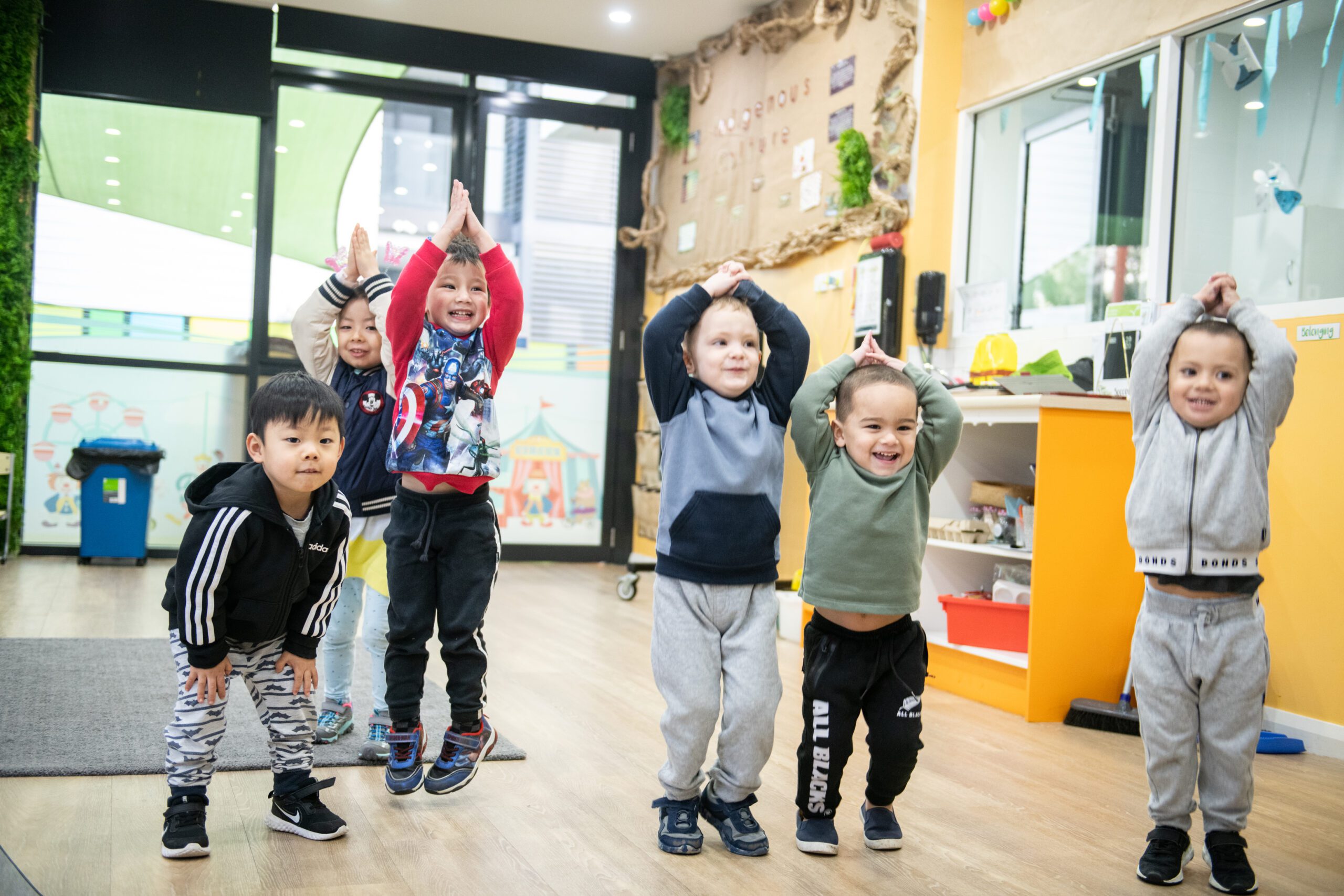
Celebrating International Dance Day – 29 April
There’s something magical about watching a child burst into a spontaneous dance — a joyful twirl in the kitchen, a playful wiggle down the hallway. That free, expressive movement isn’t just charming — it’s essential for their growth.
At Papilio Early Learning, we recognise that movement is a powerful form of communication, creativity, and confidence-building.
In celebration of International Dance Day on 29 April, we’re shining a spotlight on how dance and movement nurture young children's learning, emotional wellbeing, and sense of self.
More Than Just Movement
Dancing strengthens children’s balance, coordination, and physical skills — but it also sparks something even more profound.
Through dance, children are:
- Expressing emotions in healthy, creative ways
- Exploring how their bodies move and what they are capable of
- Building confidence by taking playful risks
- Learning teamwork and leadership through group movement
- Developing focus and self-regulation by responding to cues
Every joyful spin, superhero stomp, or graceful swirl helps children connect with themselves — and with the world around them.
The Power of Confidence in the Early Years
Confidence empowers children to step into new experiences, navigate challenges, and share their ideas with the world. Movement — especially spontaneous, joyful movement like dance — is one of the most natural ways to foster that confidence.
At Papilio centres, we weave movement into our daily curriculum through:
- Collaborative dance sessions and music-led experiences
- Imaginative storytelling through movement
- Calming yoga and mindfulness moments to support emotional regulation
And the beauty is, you can encourage this at home too.
Dance Together: 5 Fun Ways to Move and Grow
Here are five simple, confidence-building dance games you can enjoy with your child — no choreography required!
1. Freeze Dance
Play your child’s favourite tune. Pause it suddenly and shout “FREEZE!” It builds listening skills, impulse control, and lots of laughter.
2. Copy My Move
Take turns creating dance moves. Follow each other’s lead — the bigger and sillier, the better!
3. Emotion Dances
Call out different feelings — sleepy, grumpy, excited — and dance them out together. It’s a wonderful way to explore emotional expression.
4. Follow the Beat
Move to the rhythm of the music. Stomp, clap, or tap. Try using a drum (or a saucepan!) to make your own beat.
5. Dance in Character
Put on costumes or props and dance like a dragon, a butterfly, or a superhero.
Let imagination lead the way!
Tip: The best moves come from the heart — no need to be perfect. Your child will love seeing you join in.
Movement Is Learning
When we think about school readiness, we often focus on letters and numbers.
But confidence, creativity, and coordination are just as vital.
Dancing nurtures:
- Physical growth (gross motor skills, body awareness)
- Cognitive development (memory, sequencing, focus)
- Emotional intelligence (self-expression, confidence, regulation)
- Social connection (teamwork, empathy, leadership)
That’s why movement and music are integral to our Lifelong Learning Curriculum — preparing every child to thrive academically, socially, and emotionally.
Keep the Joy Alive
This International Dance Day, take a few moments to move with your child — in the living room, on the lawn, or wherever inspiration strikes.
It’s not about perfect steps. It’s about laughter, connection, and growth.
Want to see how we celebrate movement, creativity, and confidence every day?
Find your local Papilio Early Learning centre and book a personalised tour today.
Let's dance, dream, and discover — together.